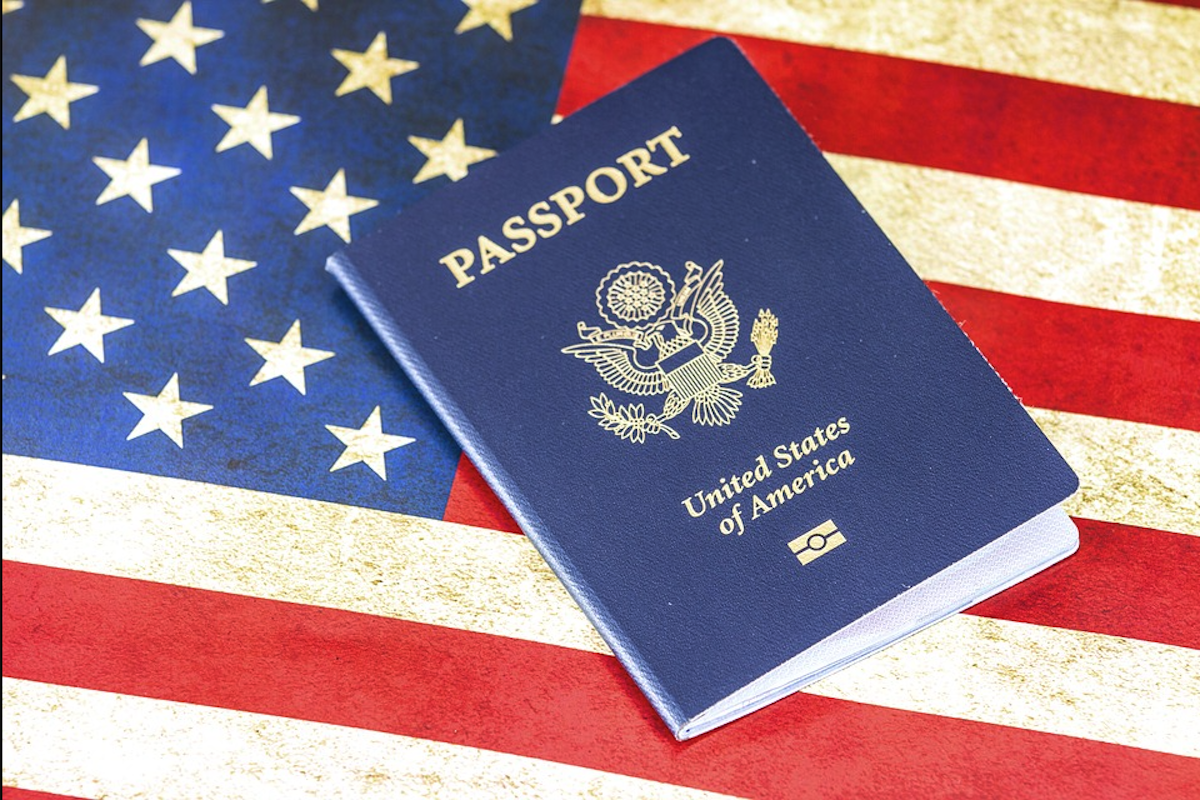
There are few things foreigners hate more, whether working or looking for jobs in Japan, than dealing with visas and immigration. Japan’s legendary love of bureaucracy, utter inflexibility, and often opaque ‘black box’ application criteria contribute to make the entire process a real headache. The immigration desk staff, often incapable of or unwilling to speak English, await you with a grimace at the end of your 4+ hour wait.
In short, the answer is of course “Yes”. You must have a proper visa to work here in Japan**, and to get a proper visa you need a job. This understandably often inspires a chicken-and-egg kind of confusion. There are any number of clever ways people have gone about obtaining a visa and their teaching dream job, so let’s look at a few of the more common options:
3 Common Options to Teach in Japan
Overseas Application
The classic eikaiwa/JET route is to simply apply from overseas. There are a number of schools (usually the larger chains) who either accept applications and hire remotely, or even have their own overseas recruiting operations. What will happen is, after a successful interview the company will sponsor you with an appropriate working visa. You’ll generally need to correspond with your nearest Japanese consulate to secure the paperwork prior to coming to Japan. This almost always requires a bachelor’s degree.
This is the most straightforward and easy route. The unfortunate drawback is that, in general, the English teaching jobs the easiest to get overseas applications for are also considered by many to be…well, not for everyone. That said, if you want to get your foot in the door and especially if you have no experience and prefer someone to hold your hand through the process, this is a good way to go.
Working Holiday Visa
For many countries, they offer a “working holiday” visa. This will allow you to come to Japan for a limited time, and seek out teaching work. There are a lot of benefits to this: not being locked into one company’s sponsorship sight-unseen, being able to get your feet on the ground and figure out where and which company works best for you, and low/no educational requirements.
This is a good way to get “in” to Japan and get to work if you’re a self-starter. You’ll be more on your own as far as housing and orienting yourself, but it allows you to start working right away and make connections to employers who hopefully will be wiling to sponsor you a work visa if you wish to stay beyond your visa period. Unfortunately, many countries (including the US) do not qualify for this visa program, and there are age limits which generally restrict this to younger people.
Tourist Job-Seeker
Ok, first up: you should NOT start teaching work on a standard tourist visa, the kind given to anyone just coming for a vacation. Not only is it illegal, but if you wanted to stay longer and go legit it will probably complicate that process. There are also stories of companies abusing or even just suddenly disavowing their under-the-table teachers, leaving them with no pay and no legal recourse.
What you CAN do is come to Japan as a tourist, to interview for jobs. This will require your eventual employer to sponsor you a new working visa. If you can get this, usually you’ll then have to leave the country and come back in on the new visa.
If you’ve got a respectable amount of teaching experience and have your game together, this is possible. For those looking to teach in Japan with no experience, it’s a bit more of a long shot. Definitely have your plan-of-attack, interview reservations, and other resources lined up first!
Getting your work visa is the first and perhaps the most daunting part of the experience of teaching/working in Japan. Have gone through it myself (option 1), I can say that it can definitely be worth the pain. Good luck on your interviews, and check out some of our other articles for tips on landing your dream job teaching in Japan!
**To get proper work, that is. We’re all about teaching English here, above board!


